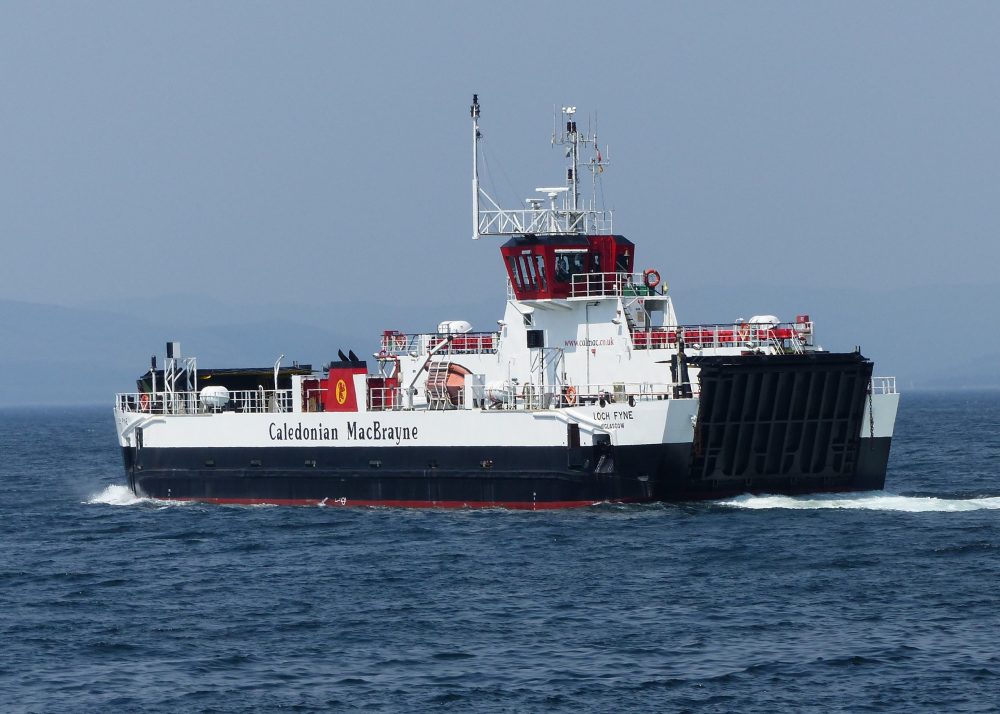CALEDONIAN Maritime Assets Ltd (CMAL) have announced a multi-million-pound investment deal that will see the renewal of up to seven small ‘loch class’ vessels in Scotland.
The vessels to be potentially replaced all serve the Clyde and Hebrides Ferry Services network.
They will include those at MV Loch Striven, MV Loch Riddon, MV Loch Ranza, MV Loch Dunvegan, MV Loch Fyne, MV Loch Tarbert and MV Loch Linnhe.

All current vessels are approaching their operational life expiry.
The programme, which was approved in late 2020, is in partnership with Transport Scotland and CalMac, will focus on bringing in low emission vessels, in line with Scottish Government climate change commitments.
After launching the world-leading diesel electric hybrid vessels back in 2012, CMAL will look to draw on their experience and emerge with a similarly impressive solution.
They plan to explore the latest proven battery and onshore charging technologies in order to assess where the new vessels are deployed.
Furthermore, they will also be focusing on delivering increased standardisation in hull design, propulsion and internal lay out, as well as improved reliability, resilience, accessibility and capacity.
Kevin Hobbs, chief executive, CMAL said about the programme: “This is a highly ambitious and much-needed vessel renewal programme.
“Significant investment is required to reduce the average age of the vessel fleet and this plan is a major step towards our aim of bringing down the age of the fleet from 23 to 16 years.
“We are in the early stages of planning, but we’ve progressed at a good pace and we intend to continue with the current momentum to tender for shipbuilding contracts within the next year.
“Ferries are lifeline services and I expect island communities will welcome this news; they need safe, reliable and efficient services.
“The replacement of the small vessels forms part of our wider investment plans for ferry infrastructure, which also includes replacement of six major vessels, as well as modernising harbours.
“We know what needs to be done and it is our aim to achieve as much as we can within the next decade.”
While a timeline for the programme has yet to be confirmed, the procurement process is expected to begin in the next 12 months.
Local communities are also expected to play a big role in the design and construction process with those behind the project ensuring that the needs of users will be reflected where practical and affordable.
Plans for a second phase of the project have also been put in place to serve the Sound of Barra, Sound of Harris and Sound of Iona routes.

